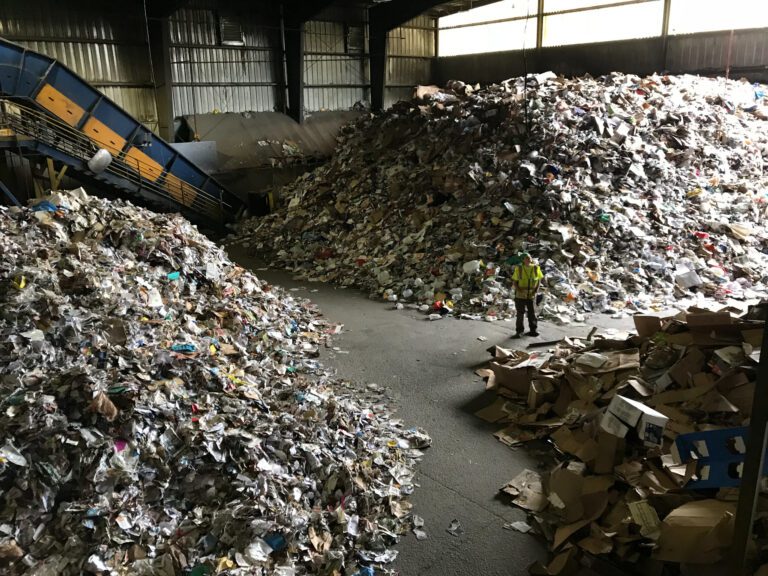Thanksgiving Schedule: All Drop-Off Centers, the Organics Recycling Facility, & the Environmental Depot will CLOSE at noon on Wed. 11/26 & all facilities are CLOSED on Thurs. 11/27. The Administrative physical office will be closed on Friday 11/28 for a cleaning; phones will be answered by the front desk staff and messages will be returned.
CSWD Materials Recycling Facility
This CSWD facility–known as a MRF, pronounced “murf”–is where large loads of Blue-Bin Recycling are sorted and prepared for markets.
Explore this page:


